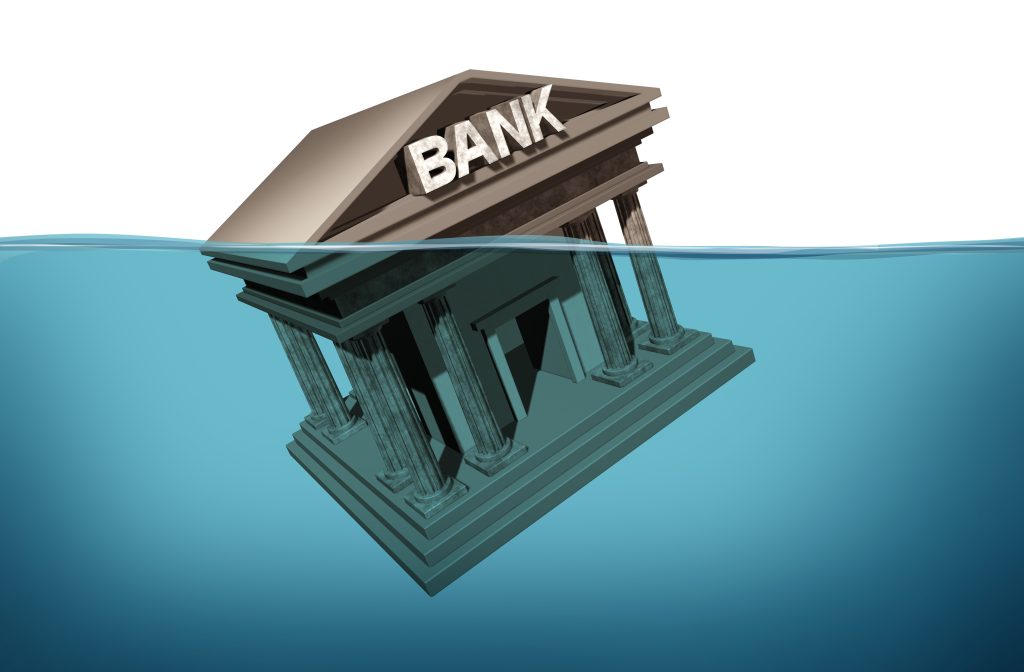“Scary” is the word that the Wall Street Journal used this weekend to describe the looming financial crisis in the US.
They said bluntly, “Washington has laid the seeds of a crisis that Wall Street can no longer ignore.”
I’ve been writing about this for 14 years; back then, it was highly controversial… almost conspiratorial… to suggest that the US government was in deep financial trouble. Today it’s front page news in the most prominent financial publication in the world.
To give you an idea of the problem, we can once again look at the government’s own data:
According to the Treasury Department’s most recent report from July 31, they’ve taken in $3.69 trillion in tax revenue so far this fiscal year.
Yet they’ve spent nearly $1.8 trillion on Social Security and Medicare, $726 billion paying interest on the debt, almost $900 billion on the military and veterans benefits.
In short, there’s only $284 billion left over for everything else in government. National parks. Homeland Security. The light bill at the White House. And $284 billion doesn’t go very far anymore.
Bear in mind that these people have spent (rather ominously) $666 billion so far this fiscal year just on “income security” alone, which is basically welfare and food stamps.
That’s why the budget deficit is already $1.6 trillion; by the time the fiscal year ends in September, it will probably be around $2 trillion… which is a complete train wreck by any standard.
Even worse is that this isn’t a one-off bad year. A $2 trillion deficit is actually a pretty good year for these people.
Before COVID, at the close of the 2019 Fiscal Year, the US national debt was $22.7 trillion. Today it’s nearly 50% greater, at $32.7 trillion. And it grows leaps and bounds every year.
The scariest part of the problem is that most of the US national debt was accumulated over the past 10-15 years (and especially the last 3-4 years) when interest rates were historically low.
That’s why the average interest rate on US government bonds back in, say, August of 2021, was just 1.45%. Rates were super low back then, and the government could borrow for almost nothing.
Today it’s a different story. All of the new debt that the Treasury Department borrows today carries much higher rates, upwards of 5%.
And this is an enormous problem for the US government: MOST of the current national debt will mature over the next five years.
But since Uncle Sam doesn’t have $32 trillion lying around, they won’t be able to pay that money back. Instead, they’ll refinance the debt by issuing new bonds to pay back the old bonds. Frankly it’s a bit of a Ponzi scheme.
But the new debt they issue won’t be at the ultra-low rates of the past. The government will have to pay whatever the current interest rates are— perhaps 5% or more.
And if the average interest rate on US government debt rises to 5% over the next few years, then they would have to spend a whopping $2 trillion just to pay interest each year.
On top of that, the annual bill for Social Security and Medicare would reach roughly $3 trillion.
Think about it— JUST paying interest, plus Social Security and Medicare, would exceed ALL federal tax revenue.
The US government will find itself in a position where they’ll need to borrow money and go deeper into debt just to fund the military, let alone everything else the government does.
Again, I’ve been writing about this for 14 years, so this analysis and conclusion is nothing new for long time readers.
But this looming fiscal crisis is very quickly becoming a mainstream issue. This means you’ll start seeing it more in the news… which will compel politicians to say something.
Their knee jerk reaction will be to raise taxes… which conforms to the rising popularity of socialism. For some reason there are still growing numbers of people who foolishly believe that high taxes and government spending create prosperity.
The other thing that is almost inevitable is that the Federal Reserve will start slashing interest rates again. No Fed Chairman wants to be held responsible for bankrupting the federal government. The only way to push this crisis further down the road is by returning to historically low rates.
So we can probably expect a reduction in interest rates, simply to bail out the federal government. And this would most likely lead to sustained, higher inflation.
In theory this is all fixable. America still has time to solve its gargantuan challenges. But time is rapidly running out.
And it’s for this reason why I’ve written for so long about having a Plan B… because, based on the government’s current trajectory, they’re just making things worse.
One key element of a Plan B in my opinion is considering real assets.
A real asset is a valuable resource that requires hard work, talent and ingenuity to produce, and cannot be conjured out of thin air by politicians or central bankers.
Real assets are scarce. They have universal value. And they are productive, or can at least be put to productive use.
Gold is an obvious example. It takes a lot of effort to produce an ounce of gold, and gold can be put to productive use. Most of all, central banks cannot conjure it out of thin air like they can print trillions of dollars.
This is the case with most commodities as well.
However some commodities are far more valuable and in-demand than others. Agriculture and energy, for example, are the most important resources in the world and will always be in demand.
Productive technology is also an important real asset; anything that makes the world better, faster, and cheaper has value (which is a key distinction from ‘consumer technology’, which just involves swiping and scrolling and wasting time).
Real assets are important because, historically and logically, they tend to perform extremely well in a fiscal crisis. People start looking for safe havens— and the best safe havens in a crisis are quality, valuable, scarce resources.
The time to be thinking about this is now; even though the fiscal crisis is completely obvious, most people are ignoring it… and hence ignoring real assets.
For now this is a huge benefit to investors, because many real assets (including many commodities, commodity-based businesses, productive technology) have never been cheaper.
So there are a number of bargains out there that could protect your wealth down the road in the event that America’s fiscal crisis continues to unfold.









